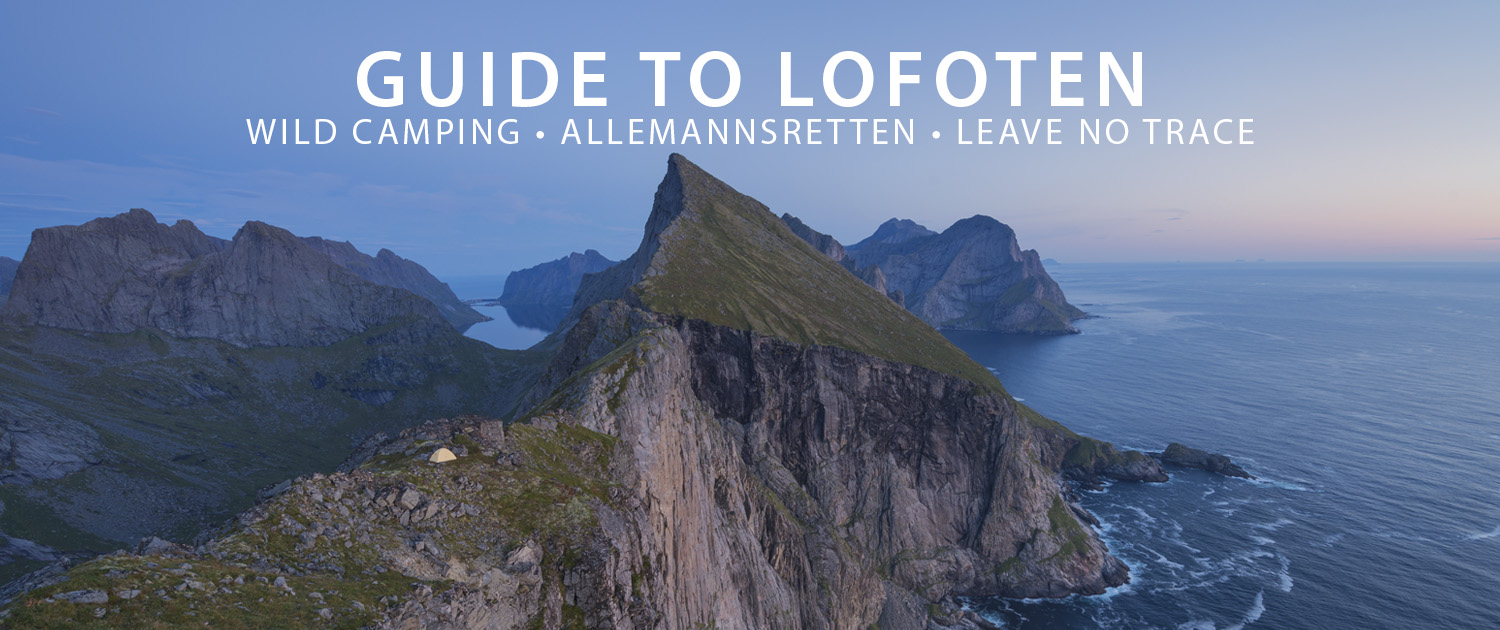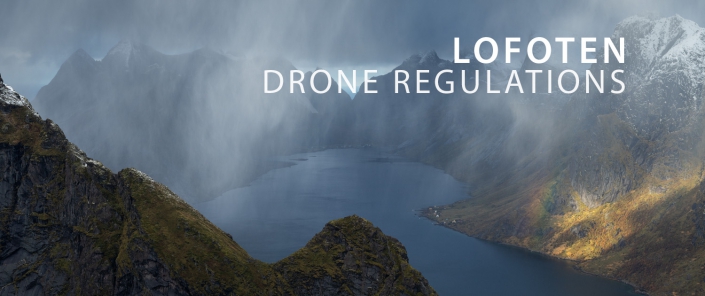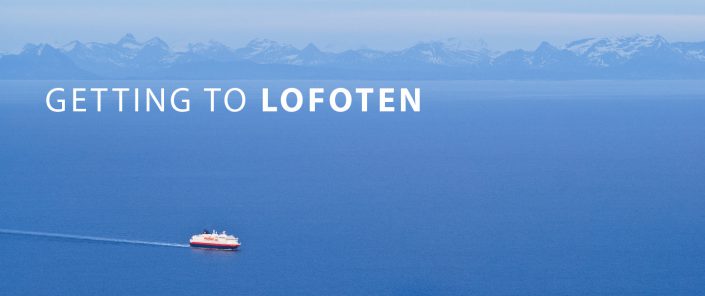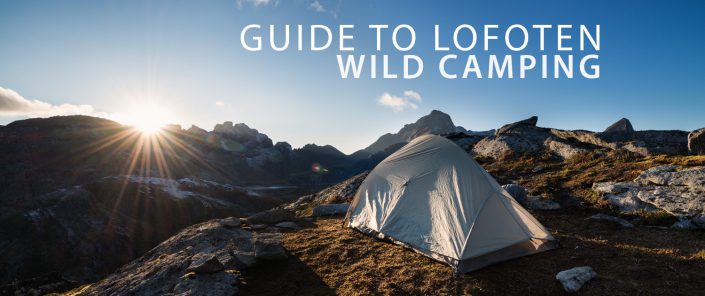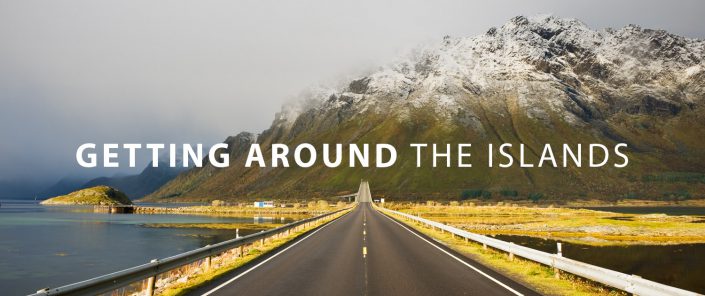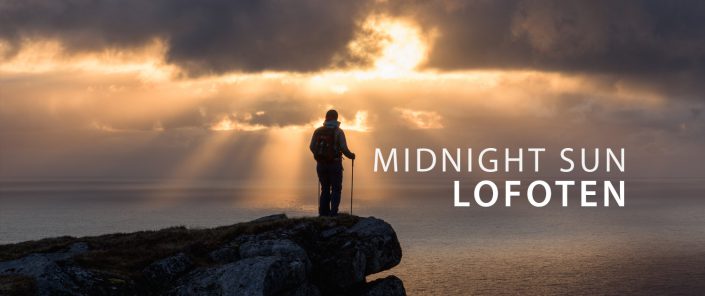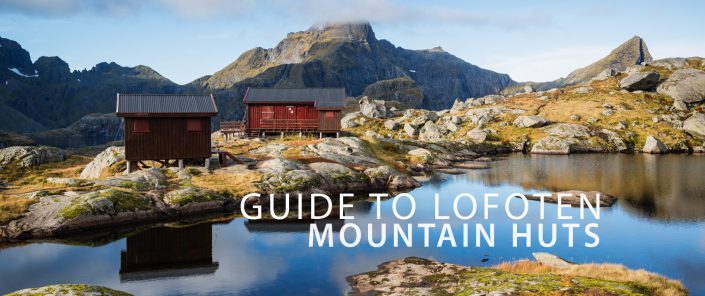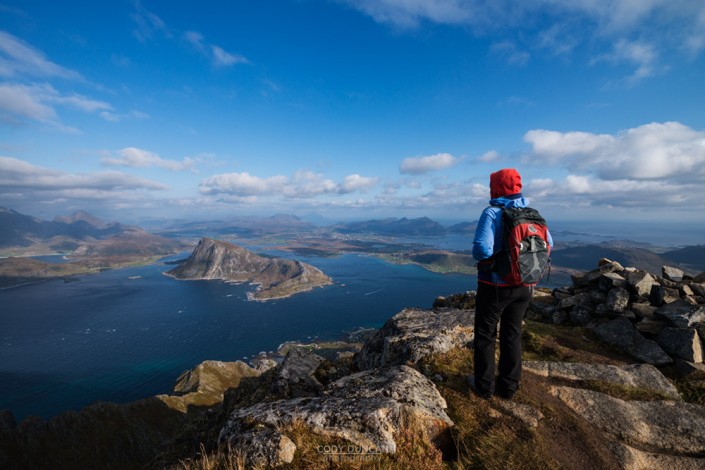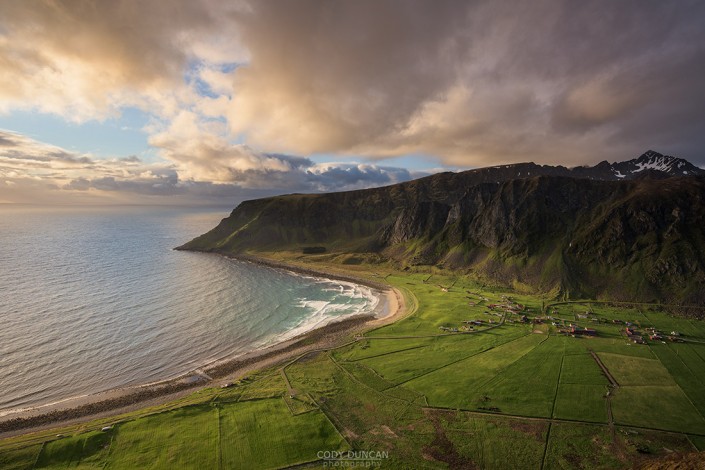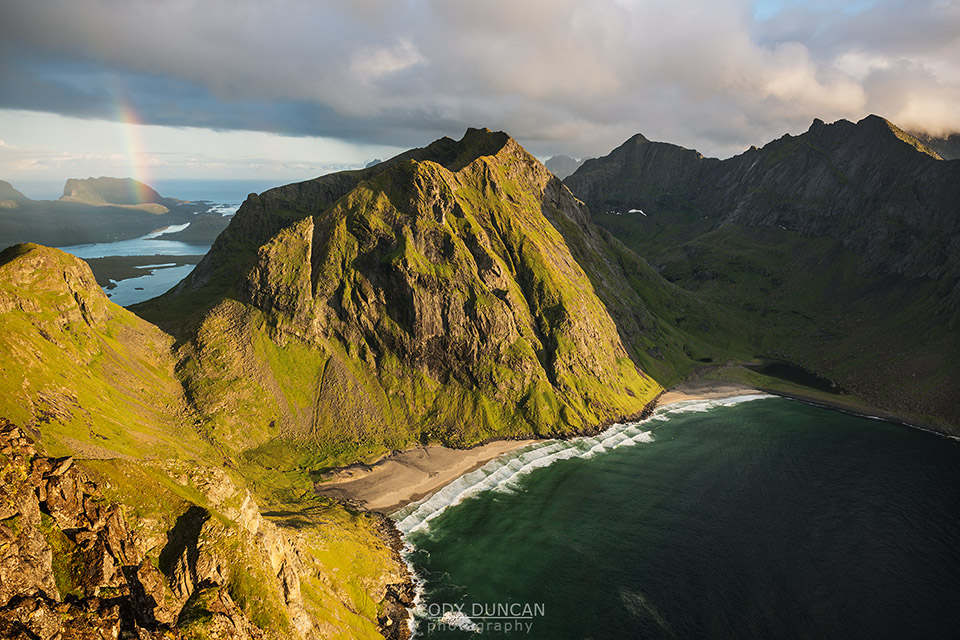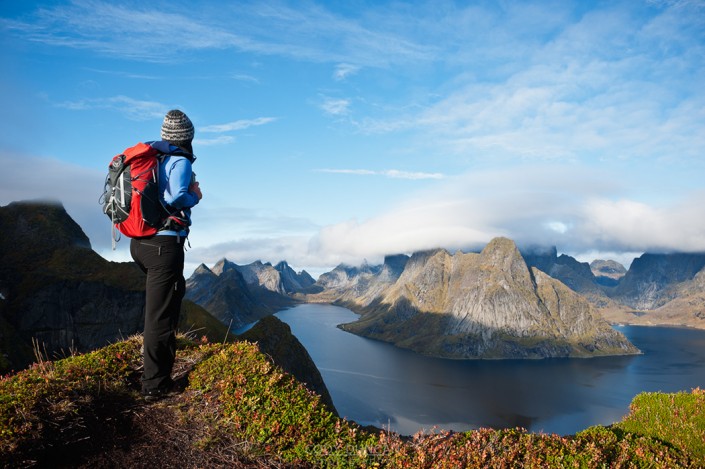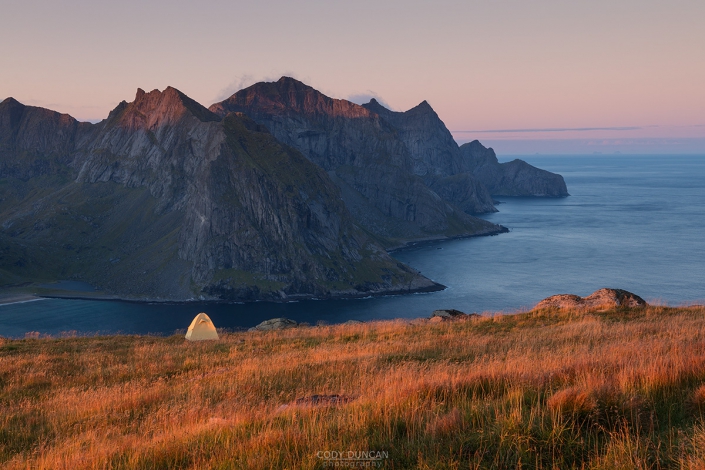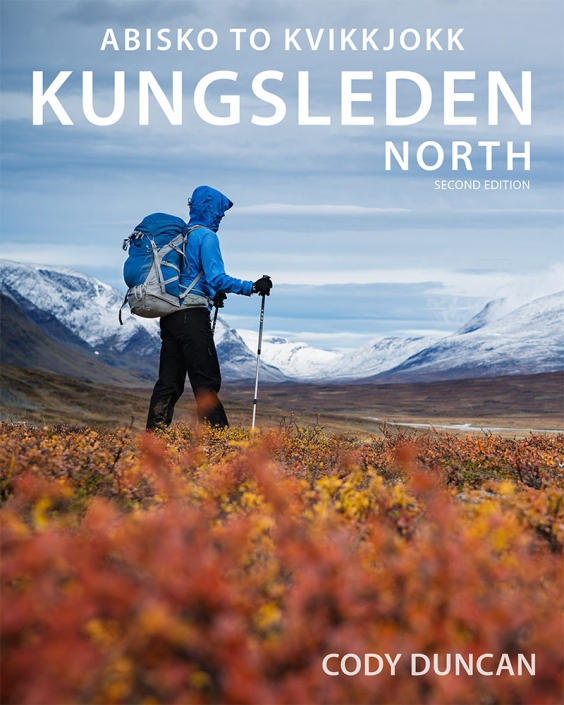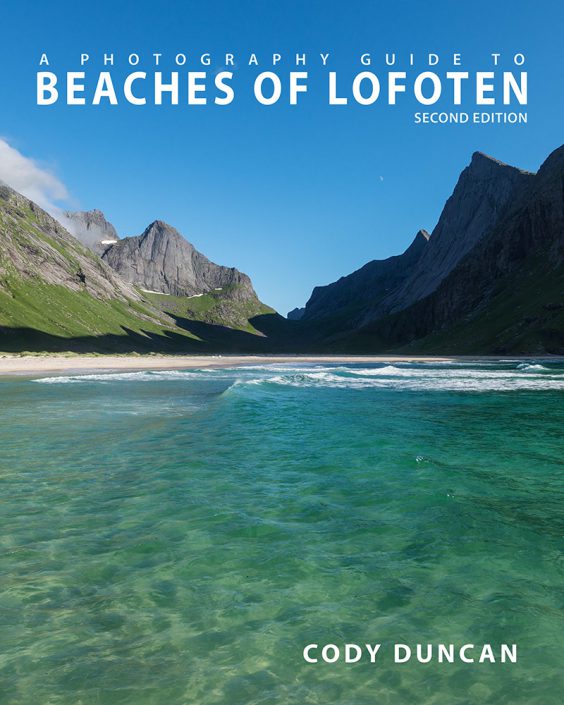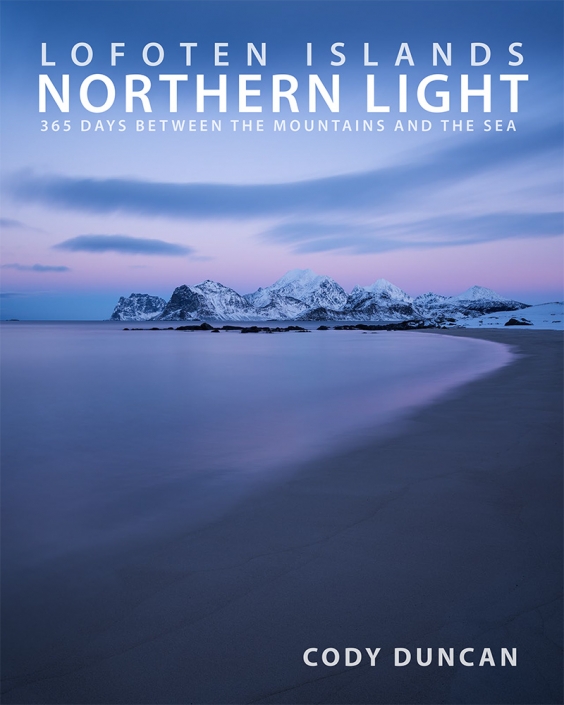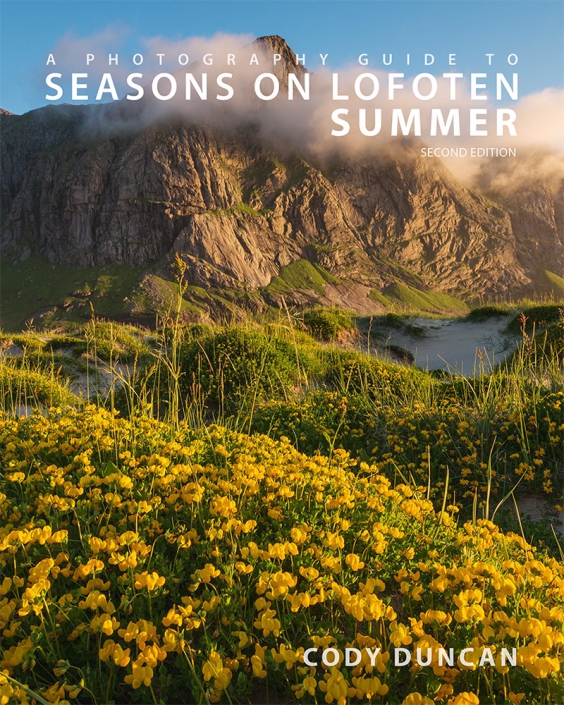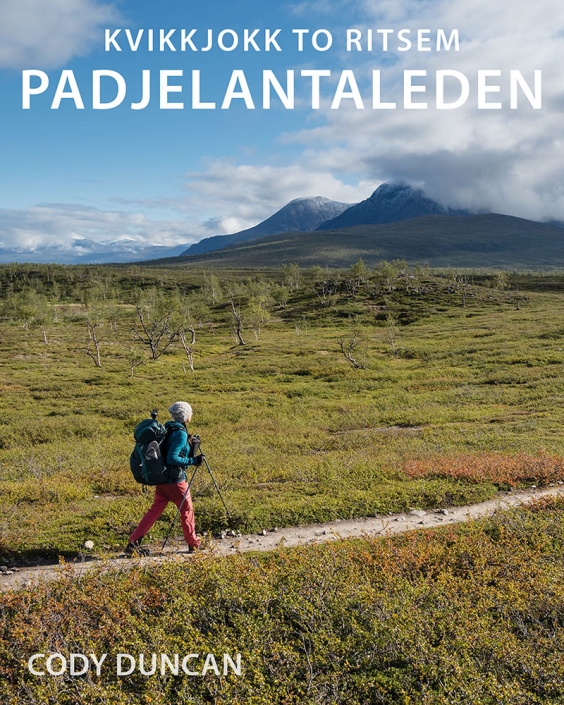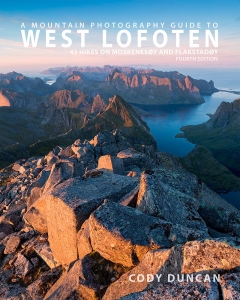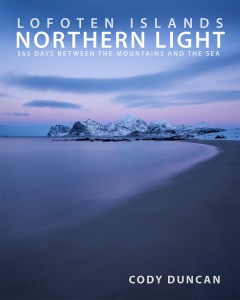WILD CAMPING • ALLEMANNSRETTEN • LEAVE NO TRACE
EXPLORING THE WILDERNESS OF LOFOTEN
Wild Camping and Allemannsretten
The Lofoten Islands, like the rest of Norway, enjoy the concept of Allemannsretten – every man’s right, otherwise more commonly known in English as the freedom to roam. The idea of this is that nature is there for you, and everyone else, to experience and enjoy. This means that most of Lofoten’s mountains and wilderness are open for hiking and wild camping.
The basic rules of Allemannsretten are:
• Only camp on uncultivated land.
• You must always camp further than 150 meters from the nearest building.
• You can only camp for 2 nights in the same location.
• Leave no Trace!
If you are near a village and in doubt if you can camp or not, ask. But do not assume it is your right to camp everywhere. If a home owner says you cannot camp on their lawn, respect this. Do not camp in cemeteries – yes, it happens! And, if you get woken up and asked to move, apologize, pack your tent, and move along. There are also areas near municipal water sources where it is forbidden to camp. These areas will usually be signposted as ‘drikkevann.’
Beyond where you are allowed to camp, there are also the basic ethics of good wilderness stewardship. Following along the outdoor principle of ‘leave no trace’: pack out all your trash (something of a problem at more popular locations, unfortunately), don’t leave your tent set up for more than two days, stick to established camping areas when possible, don’t make new fire pits where others exist, and don’t poop in or near water or alongside trails (ideally, you should carry a small trowel and bury your poop at least 20cm deep). Basically, no one should be able to know you visited an area. If everyone follows this, then the Islands will remain free for us to explore and enjoy.
For Lofoten, being allowed to camp almost anywhere does not mean it is possible to camp most anywhere. Namely, the terrain often provides difficulties in finding a good place to pitch a tent. To sum up the camping conditions on Lofoten: If it is flat, it is probably a bog and not dry. If it is dry, it is probably not flat. This is an oversimplification of course, but not far from reality. In mountains especially, there can be hopelessly few places flat, dry, and big enough for a tent.
Even with the somewhat limited camping possibilities, high up on a lonely peak is my favorite place for a night on Lofoten. And in the short nights of summer, I often find myself just sleeping in the open air for a few hours if I trust that it’s not going to rain. It is during nights on mountains that you will escape any crowds, other than Reinebringen or Ryten perhaps, and feel like you have the whole of the Islands to yourself.
Lofoten’s wild beaches on the north coast of Moskenesøy are my next favorite places for a night or two in the wild. Though with the relatively short hikes and stunning beauty of the beaches, there can often be a bit of crowding in the height of summer. This is no worry though, as the flat, grassy dunes at the back of the beaches provide more than plenty of place for any number of tents.
Leave No Trace
Lofoten´s nature is fragile. Plants take a long time to grow, and scars in the land take a long time to heal. While it is a living landscape, with tens of thousands of residents, the mountains, for the most part, remain mostly untouched and pristine. And while every footstep we take among them will leave a mark and eventually form a trail, it is our duty to minimise the impact we have on the land so that it remains a place for those in the future to enjoy.
To put the ‘leave no trace’ principle into two words: be respectful. Both of the land and others around you.
Beyond this, there are several rules you should follow for good behaviour in the mountains:
Plan ahead and prepare
Travel and camp on durable surfaces
Dispose of waste properly
Leave what you find
Minimise campfire impact
Don’t bother wildlife
Be considerate of others
Following the basics of ‘leave no trace’ principals, outdoor organisations on Lofoten have developed the Lofoten Code of Conduct:
Camp in designated areas
Leave no trace
Follow the path and avoid the creation of new paths
Throw waste in the waste bins
Use public toilets
Respect private property
Be considerate in traffic
Ban of fires (during summer)
Respect wildlife
Some of these principals have fallen by the wayside as the popularity of Lofoten increases. Locals now have areas referred to as ‘shit forest’ due to all the human waste left out in the open. During the summer months there are weekly articles in the Lofotposten about badly behaving visitors. Unfortunately, inter-island politics, funding, and other factors are slowing the development of much needed infrastructure to handle the increase in tourism to the Islands. This means we all need to be sensitive to our impact, now more than ever.
Toilets and Hygiene
New public toilets have finally been built and many of Lofoten’s higher use areas: Kvalvika beach trailhead, Munkebu hut trailhead, Unstad beach, Haukland beach, Uttakleiv beach, and more. In the modern tourism situation of the 2020s, it is more important than ever that you use public toilets while on Lofoten, and avoid pooping in nature as much as possible: ie. be aware of your bodies cycle, and try to visit a toilet before heading out to Kvalvika beach for a night.
If you do need to go in nature, it is best practice to carry a small camping trowel with you and dig a hole of 20-25cm. And remember, never poop within 80 meters of water, campsites, or the trail. If you visit any of the popular camping locations on Lofoten, you will no doubt have an unpleasant encounter with someone’s poop. Try to avoid the next camper having the same experience with yours.
Clean up Lofoten is a useful website for visitors listing public toilets, trash disposal, and motor home dumping facilities across Lofoten.
New Camping Restrictions for 2021
In June of 2021 the municipalities of Lofoten along with Lofoten Friluftsrad have implemented camping bans in several areas of particularly high use. Most of these will only affect car or van campers, such as Haukland beach, Rørvika beach, and the popular climbing area at Kalle. However, Reinebringen also received a ban on camping – meaning it is no longer allowed to camp on the mountain, unfortunately.
You can find the map and further information on the Lofoten Friluftsrad website:
https://www.lofotenfriluft.no/turistkart
I myself am somewhat skeptical of these new camping bans, as for all the beach areas, they are locations which finally had new toilet facilities built within recent years. And so while a certain portion of would-be campers might now choose to pay for a campsite or other pay-to-camp areas like Uttakleiv beach or Eggum, a certain portion of people will also spread out further into nature – to places where there are no toilets. So I feel the end result might actually end up with more harm to the landscape, than allowing certain areas to become ‘unofficial’ camping locations.
This being Lofoten however, I expect there to be little actual enforcement, and thus the status quo of the last years will likely continue for the summer of 2021 as well. A few small signs will not overcome the power of social media and ‘the Lofoten experience.’
Camping Supplies
Camping supplies and stove gas cannisters can be found at the following locations:
Bodø:
Intersport – Storgata 5
Skandinavisk – Torvgata 2
Sport1 – Gamle Riksvei 21,
Svolvær:
Skandinavisk – Håkon Kyllingmarksgate 3
Sport1 – Lofotgata 33
Circle K – Repslagergata 20
Leknes:
Intersport – Lekneskroken 9a
Sport1 – Storgata 8
Reine:
Circle K – Reine Center

